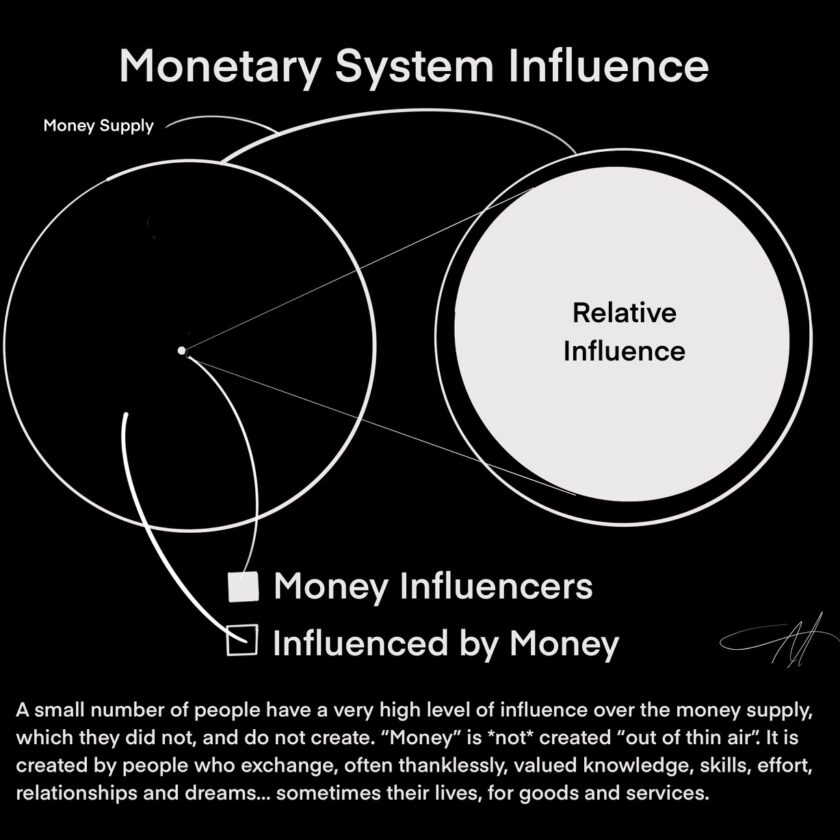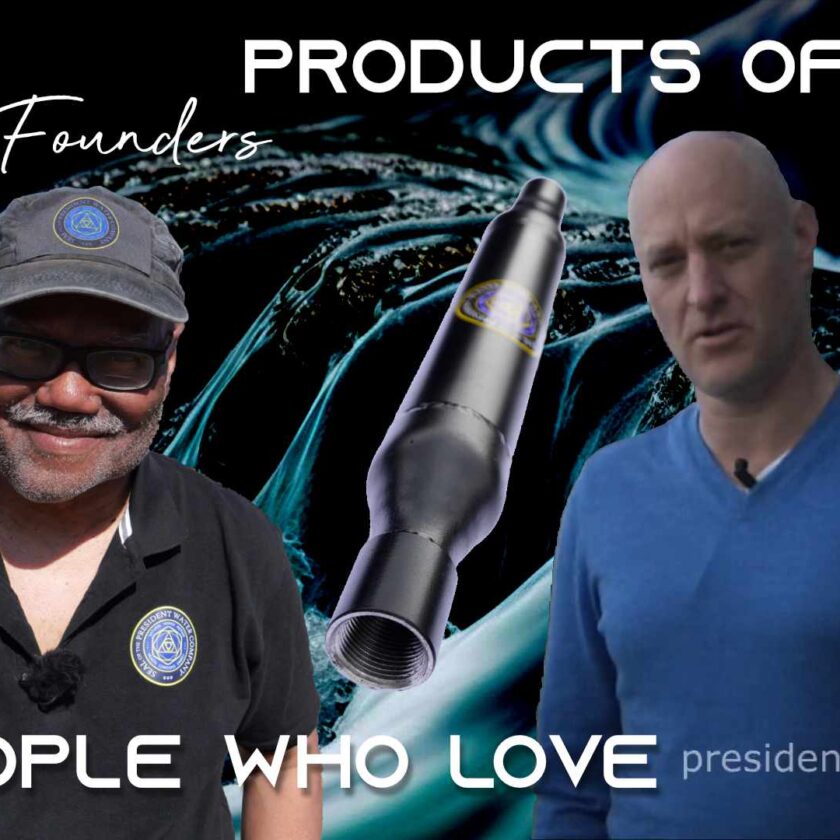Not the Disease, the Treatment

I’ve been in sort of an “in-between” state lately, wanting to write and wanting to video, but not doing enough of either to suit me. There’s been an ongoing story of my step-father, Josh, who had a stroke in 2007 and, two years later, is progressing in the best way that predominant medical practice can offer. That is, his condition has progressively worsened.
He has had physical therapy.
He has been given prescriptions, among them, a “blood thinner” (Coumadin, Plavix is another), ostensibly to assist blood circulation and prevention (?) of strokes. I called attention to the term blood thinner because Coumadin in particular, as many people know, was originally developed as a rat poison.
I’m not making this up. (See Coumadin in Wikipedia.) The drug is presented very matter-of-factly in the description as an anticoagulant. Sounds pretty okay that way doesn’t it? Yet, it is a toxic product that has gained FDA approval for human application by doctors when law enforcement would prosecute anyone who would try giving it to another human for attempted murder. Dimethyl Sulfoxide (DMSO), on the other hand, which could safely, and without toxicity, dissolve the plaque, does not enjoy FDA approval. Individuals who know what DMSO does must go to feed stores to purchase it, as it is approved to rub down a horse, but not to save a human life.
The difference between an overt killing with rat poison by an individual and a subtle one via medical treatment, is dosage. No matter what you call it, Coumadin is still rat poison, and it still kills. EXCEPT when you say it was used to “fight” diabetes. Then it’s therapy, approved Medical Standard of Care. When the patient loses body parts, the therapy isn’t at fault. The disease gets the blame.
Over time, Josh’s kidneys began to fail. He was put on dialysis. When I went home in August 2008, he struggled to communicate, actually breaking down into tears on a couple occasions when he couldn’t simply say what was on his mind. It became clear to me that he was lucid as ever, even though now “handicapped” by an unresponsive body.
By the time I returned home this past September, all the signs of handicapped living had set in. He had not one, but two motorized scooters to get around in. One had been owned by John, a long time friend, himself a 6′ 5″ police officer who lived his final few years virtually immobile and bloated, like a beached whale, attributed to the effects of diabetes. Josh was the beneficiary of the scooter after John’s death. Ramps had been built for ingress and egress to the house, and life was punctuated by trips to the hospital, schedule and unscheduled, for various examinations and procedures, or for medical emergencies.
The bill for all this continued to mount. One day on a phone conversation Mom told me that just one of their hospital stays generated a bill for $223,000. If that wasn’t enough, it hadn’t been their first $200,000+ bill. Health insurance paid these bills, which included $323 for a “consulting” physician to appear one day while Josh was in the hospital, stick his head in the room and say “hello.”
There are many natural, non-toxic approaches that could have helped Josh, including structured water (hydration and waste removal), magnesium replenishment, MMS (to reduce pathogen/anaerobic overgrowth), DMSO (dissolve plaque), living clay (pathogen reduction), nutritional supplementation. The goal wouldn’t be to treat a “disease,” but to bring Josh’s body back into balance. There’s nothing more important to health than balance. It’s so important that it has its own term, homeostasis. Yet, when one has been tagged as having a “disease,” balance is not a medical priority, and Medical Standard of Care practices tend to take the patient further out of balance.
Medicine holds out the hope of “fixing” people without the person having to change anything. This is a pipe dream. For chronic conditions, such as diabetes and cancer, Standard medical practices don’t take measures to improve critical balance. Instead, they take the body further out of kilter, and when it can’t take any more, they cut the now “dead” part off, and continue the toxic medication.
So it wasn’t exactly a surprise when I got a voice message from my brother saying that Mom had taken Josh to the hospital again, and this time he was scheduled for surgery, to have both of his legs amputated, just above the knee. No surprise, but still a tough pill to take, for Josh who had to lose his legs, for Mom who has helplessly stood by while her husband has been medically taken away, when the hope was that medicine might restore him. This is a false hope that is cultivated by media admonishments to “ask our doctors,” pandemic scares, vaccine campaigns, and debates on health care. It is further supported by our passive turning to GMO foods, chemicalized water sources, electro-pollution, and “mass market” farming approaches.
I’m not against the medical establishment. I am against medical practices that don’t help people to heal. I’m against not taking a critical look at the effectiveness (or lack thereof), of medical procedures, particularly in light of proven safe, inexpensive, and effective modalities that are available. I’m also against the blinders that the medical industry applies to anything that is not pharmaceutical and surgical. That industry includes the AMA, medical schools, hospitals, insurance companies, and the various associations that have raised billions of dollars in “research” but ignores already found cures.
I wanted to write about this a few days ago, but the words just didn’t come through. Now they have, but not until after I recorded my thoughts on camera. Here they are.
[youtube=http://www.youtube.com/watch?v=_Ib5mJ2IU50]
I shared further thoughts in this week’s Talk For Food, before my conversation with Clayton Nolte on negative ions.




